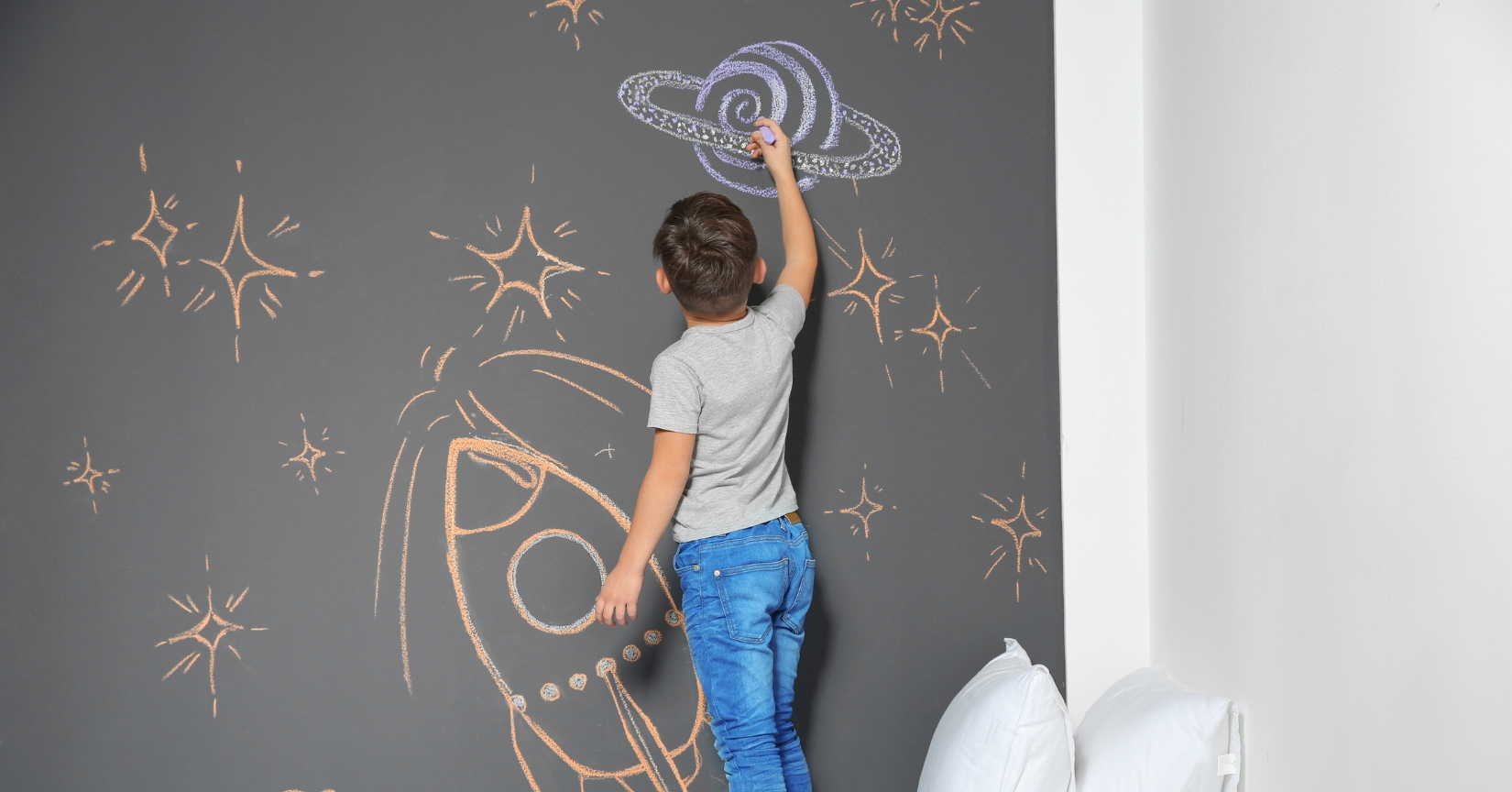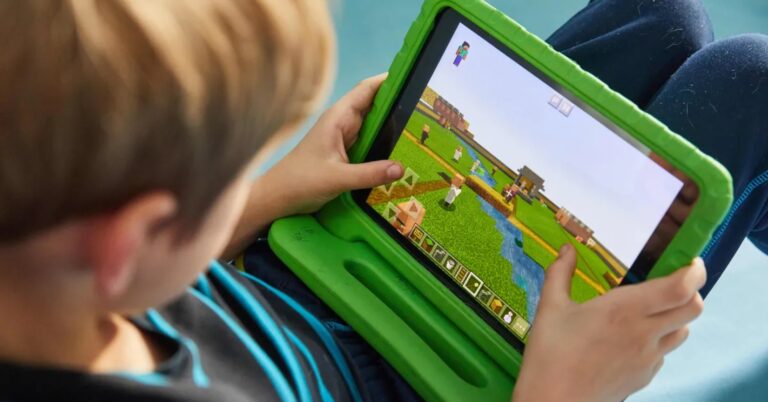Understanding your child’s learning style is a crucial step in supporting their educational journey, and if you’re here, you’re probably suspecting your little one might be a visual learner. Is your child drawn to images, diagrams, and color-coded information? Do they remember faces better than names? These could be signs that your child processes information best when it’s presented visually.
In this article, we’ll delve into 7 unmistakable signs that indicate your child is a visual learner. We understand the importance of catering to your child’s unique learning style to foster their interest and enhance their ability to grasp new concepts. So, if you’ve noticed some signs but aren’t quite sure, you’ve come to the right place.
Alongside these signs, we’ll also share effective strategies for teaching a visual learner. Understanding these signals is only half the battle; knowing how to adapt your teaching methods to support their learning is equally essential.
To wrap up our introduction, let’s focus on one of the most common concerns parents of visual learners have: “How can I ensure my visual learner is getting the most out of their education?” Stay tuned as we tackle this question in the upcoming sections.
1. They have a strong attraction to visual content
When it comes to identifying if your child is a visual learner, one of the first signs to look out for is their strong attraction to visual content. Visual learners typically prefer seeing and observing things rather than just hearing about them. They may often be found engrossed in picture books, fascinated by colorful diagrams, or attentively watching educational videos.
This preference for visual stimuli extends beyond just their learning habits. You might also notice that they have a keen eye for detail and an appreciation for aesthetics. They might enjoy drawing, painting or other forms of visual arts.
To cater to this learning style, consider incorporating more visual content into their study materials. This could include:
- Using colorful diagrams or charts to explain complex concepts
- Including images or illustrations in their notes
- Utilizing educational videos as supplementary learning resources
By doing so, you can create a more engaging learning environment that aligns with their visual preference, making it easier for them to absorb and retain information.
2. They remember faces better than names
Another characteristic of a visual learner is their ability to remember faces more easily than names. This is because visual learners tend to rely on visual cues for memory recall.
Your child might be able to recognize a friend or a relative they met a long time ago, even if they can’t remember their name. They might remember the cover of a book but struggle with recalling the title.
In an educational setting, this trait can be leveraged by associating names or abstract concepts with visuals. For example, if your child is learning about animals, associating each animal’s name with its picture can aid memory retention.
Similarly, when teaching them new words or foreign languages, incorporating flashcards with images can be beneficial. This way, every time they see the image, it triggers the memory of the associated word or concept, making learning more efficient and enjoyable for them.
3. They excel at visual puzzles and games
Visual learners often excel in activities that require spatial reasoning and visual perception. These activities could include jigsaw puzzles, building blocks, or even video games that require strategic planning and visual problem solving.
When your child is a visual learner, you might find them engrossed in these activities, demonstrating an innate ability to perceive patterns and relationships between shapes, colors, and spaces. They may quickly grasp how pieces fit together in a puzzle or how to navigate complex game environments.
To support their learning, consider integrating visual puzzles and games into their study routine. This can help reinforce what they learn in a fun and engaging way.
4. They easily remember locations and directions
Visual learners have a natural ability to remember locations and directions. They often create a mental map of places they visit and can guide their way back even if they’ve only been there once. This is due to their strong spatial memory, a characteristic feature of visual learners.
Your child might be the one leading the way on family outings or recalling the exact location of an item in a grocery store. This ability to visually map out and recall spaces extends to their learning process too.
In an educational context, you can leverage this skill by creating visual maps of information. Mind maps or graphic organizers can be particularly effective. These tools allow your child to visually layout information, creating a mental picture that aids in understanding and recall.
Using these strategies, you can tailor your teaching methods to suit your child’s visual learning style, making the learning process more enjoyable and effective for them.
5. They prefer to read information rather than hear it
Visual learners often prefer to read information rather than listen to it. When information is presented verbally, they might struggle to retain it. However, if the same information is presented in a visual format such as a book, infographic or a diagram, they’re able to understand and remember it more effectively.
This preference is due to their ability to visually process and recall information. Reading allows them to visualize the words and concepts, which aids in their comprehension and memory retention.
If your child is a visual learner, you might notice them gravitating towards reading books or instructions rather than listening to explanations. They may also prefer written directions over verbal ones.
Incorporating this understanding into their learning can be highly beneficial. For instance, providing written instructions for tasks or assignments can help them understand and remember the steps better. Similarly, using textbooks or reading materials that include plenty of visuals can make the learning process more engaging and effective for them.
6. They use visual language
Visual learners often communicate using visual language. They might use phrases like “I see what you mean” or “Let’s look at it this way”. These expressions indicate their tendency to process information visually.
When explaining something, they might use their hands to gesture or draw diagrams to illustrate their point. They may also have a knack for vivid storytelling, painting a mental picture with their words.
This inclination towards visual language can be a clear indicator that your child is a visual learner. Recognizing this can help you adapt your communication style to better suit their learning style.
When explaining new concepts, you could use visual aids or real-life examples that they can ‘see’ in their mind. This would make the information more relatable and easier for your child to understand and remember.
7. They have a good sense of color and design
Visual learners might show interest in art, crafts, or any activity that involves visual creativity. They could have a keen eye for color combinations, patterns, and aesthetic details.
Your child might enjoy activities like painting, designing their room, or creating visually appealing school projects. They may be particular about the aesthetics of their belongings or their personal space.
This affinity for visual beauty can be harnessed to enhance their learning experience. You can incorporate colorful and visually appealing resources in their study materials. Moreover, you can introduce them to educational activities that involve creativity and design. This would not only cater to their visual learning style but also keep them engaged and motivated in their learning journey.
Strategies to support your visual learner
As a parent or educator, it’s important not just to recognize that your child is a visual learner, but to also understand how you can support this learning style effectively.
Visual learners can greatly benefit from teaching methods that incorporate visual elements. This could include using flashcards, diagrams, charts, and mind maps to explain new concepts. Visual aids like these can help your child understand and remember information more effectively.
In addition, consider integrating technology into their learning process. Educational videos, interactive apps, and online resources with plenty of visuals can be beneficial for visual learners.
However, it’s essential to keep in mind that every child is unique. While these strategies can be effective for visual learners, it’s important to adapt them based on your child’s individual needs and preferences. Always encourage them to explore different learning methods and find what works best for them.
The ultimate goal is not just academic success, but fostering a love for learning in your child. By understanding and supporting their learning style, you’re helping them enjoy the learning process and encouraging them to become lifelong learners.







